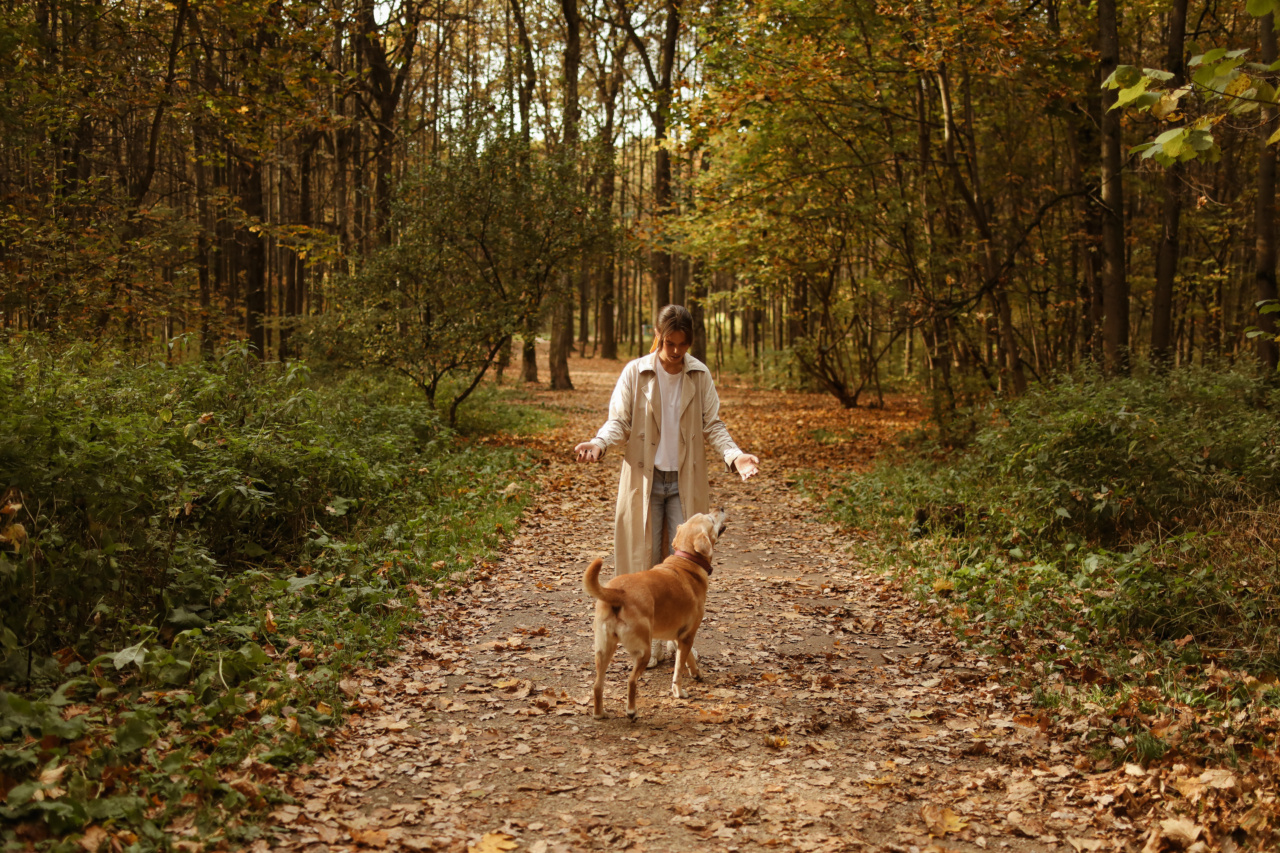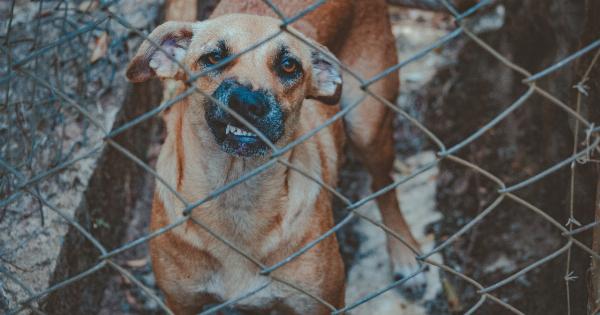Having a protective dog can be a great asset when it comes to your safety and security. However, there is a fine line between a protective dog and an overprotective nightmare.
If your furry friend becomes overly protective, it can lead to aggression, anxiety, and unwanted behavior. To ensure that your dog remains a loving and well-behaved companion, follow these five tips:.
1. Proper Socialization
Socialization is crucial in shaping your dog’s behavior and preventing overprotective tendencies. Expose your pup to various environments, people, animals, and situations from an early age.
Gradually increase the exposure to new things, ensuring positive experiences each time. Encourage gentle interaction and reward calm behavior, reinforcing that there is no reason to be overly protective in every situation.
2. Obedience Training
An overprotective dog may struggle with obedience, as its focus is primarily on protecting their loved ones. Obedience training is essential to establish clear communication and boundaries.
Teach basic commands like “sit,” “stay,” and “leave it.” This training will not only help in redirecting their attention when they become overly protective but also build a stronger bond between you and your furry companion.
3. Avoid Reinforcing Fear-Based Behavior
Reassuring your dog during moments of fear or anxiety may seem like the right thing to do, but it can inadvertently reinforce overprotective behavior.
When your dog displays signs of aggression or anxiety, try to remain calm and avoid comforting or rewarding them for that behavior. Instead, redirect their attention to something positive, like a favorite toy or treat. Encourage calm behavior and ignore any signs of overprotectiveness.
4. Expose Your Dog to Different People and Situations
Gradually expose your dog to different people and scenarios to help them understand what is normal and what requires their protective instincts.
Invite friends and family over, take your dog on walks in busy areas, and allow them to socialize with other dogs. By exposing them to a variety of situations, you can control their level of protectiveness and teach them when their guarding instincts are truly necessary.
5. Consistency and Positive Reinforcement
Consistency is key when it comes to training any dog. Set clear rules and boundaries and ensure that every member of your household follows them consistently.
Use positive reinforcement techniques, such as treats, praise, and play, to reward desired behavior. Remember to provide mental and physical stimulation for your dog through regular exercise, interactive toys, and puzzle games to prevent anxiety or pent-up energy that could trigger overprotective behavior.
Conclusion
While having a protective dog can be reassuring, it’s important to prevent them from becoming overprotective nightmares.
Proper socialization, obedience training, avoiding reinforcement of fear-based behavior, exposure to different people and situations, and consistency in training and positive reinforcement are key to maintaining a well-behaved and balanced dog.

























